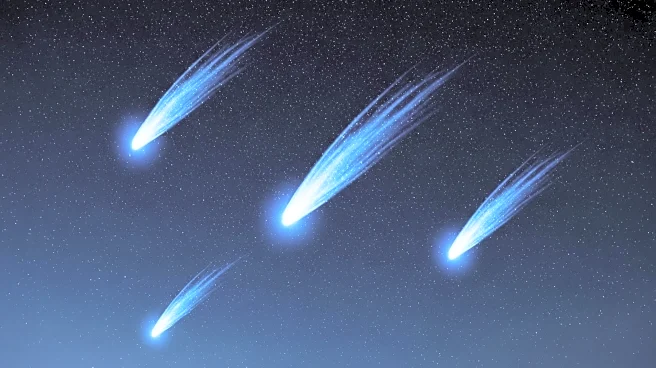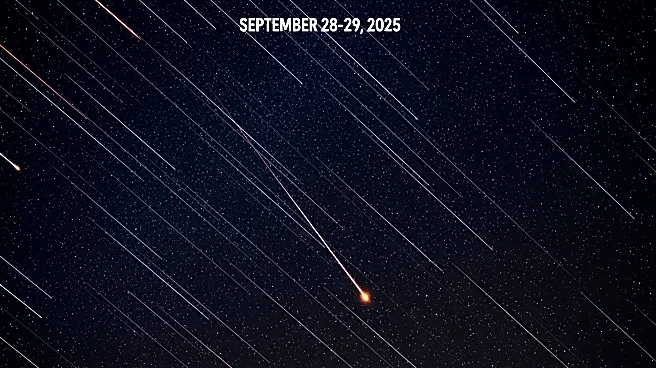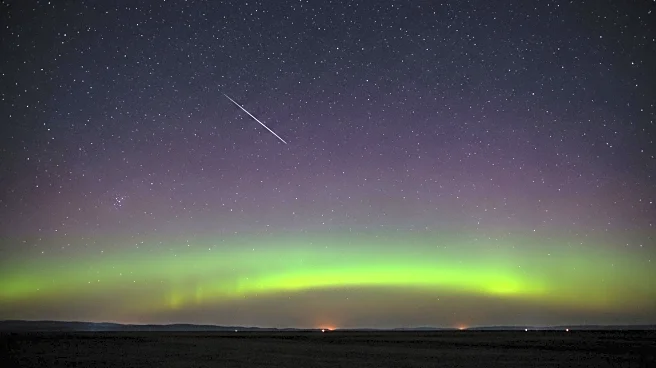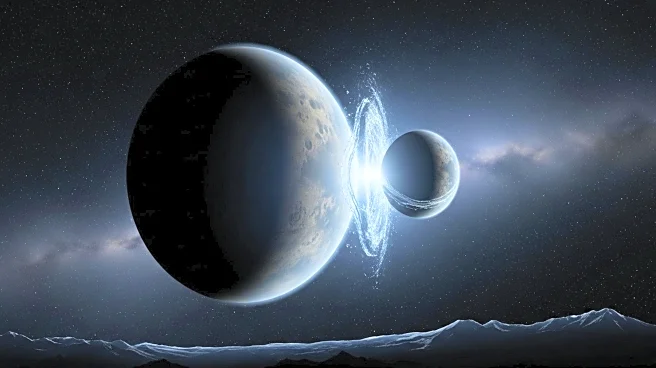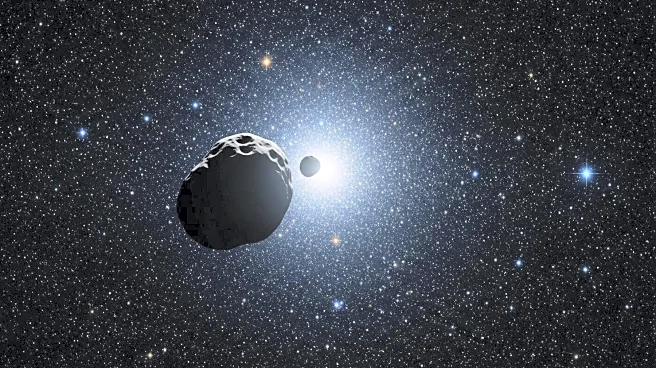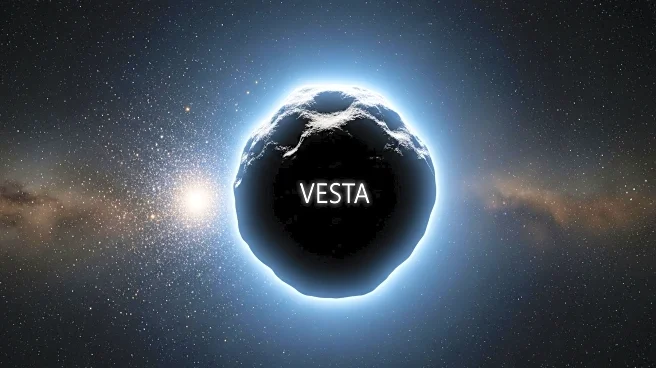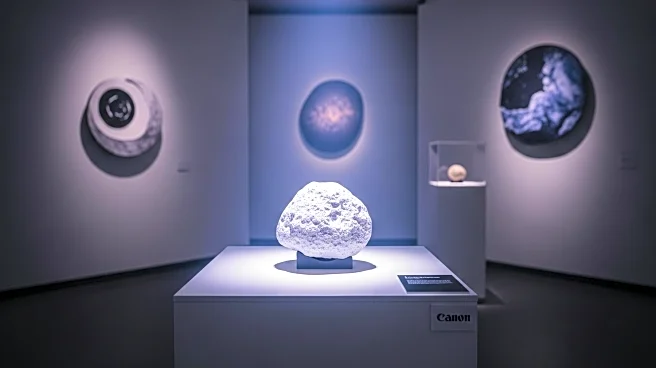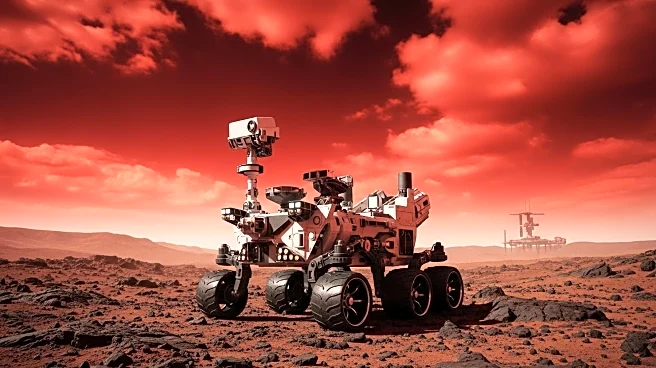What's Happening?
Saturn's moons, including Iapetus, Titan, Tethys, Rhea, Dione, and Enceladus, are aligning in a visible formation around the ringed planet. Iapetus is approaching eastern elongation, making it a challenge to spot due to its faint magnitude. Observers can view Saturn and its moons with telescopes, as Saturn is prominently visible in the southeast sky, beneath the Circlet of Pisces.
Why It's Important?
The alignment of Saturn's moons provides a unique opportunity for amateur astronomers and sky enthusiasts to observe celestial dynamics and the intricate movements of planetary satellites. This event highlights the beauty and complexity of our solar system, encouraging public interest in astronomy.
What's Next?
Observers can continue to track the movement of Saturn's moons as they shift positions throughout the night. This ongoing celestial dance offers continued opportunities for observation and study, particularly for those interested in planetary science.
Beyond the Headlines
Observing planetary moons can contribute to understanding gravitational interactions and orbital mechanics, providing insights into the formation and evolution of planetary systems.

